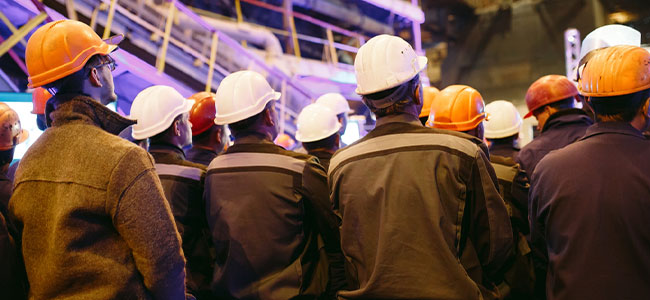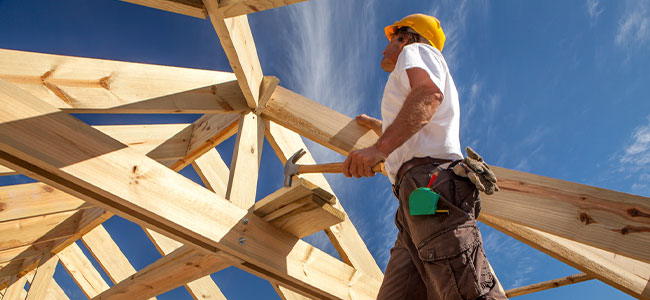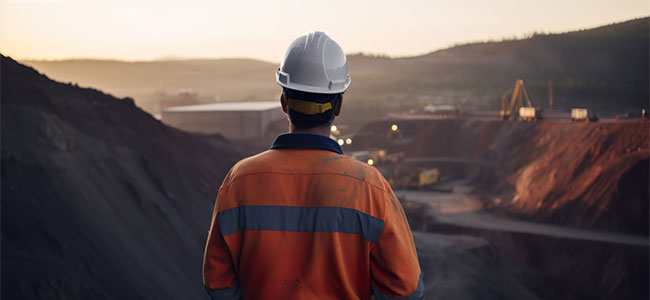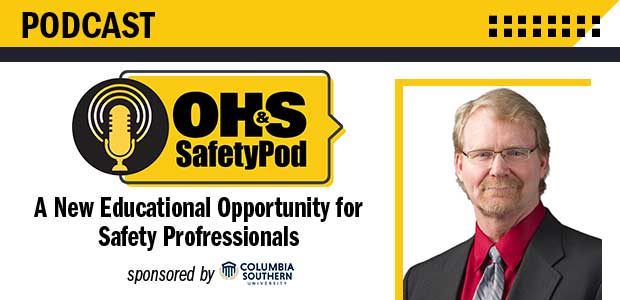
The joint initiative OBSERVAR ensures democratic processes in workplaces.

New research reveals how technology can mitigate the most common workplace injuries.

The company was cited for exposing workers to fall and struck-by hazards.

Thirty-six professionals were recognized for outstanding contributions to workplace safety.

The funding aims to bolster employment and training services in affected counties.

The agency has found nearly 2,000 violations so far this year.

The initiative focuses on smaller mines and underserved populations.

The company was previously cited for similar citations in 2018 and 2019.

The Doctor of Occupational Safety and Health program aims to help safety managers leverage safety statistics and research to better protect workers. Dr. Dan Corcoran, the Academic Program Director of Occupational Safety and Health and Environmental Management at CSU, joins the podcast to discuss the new program.

The new report aims to uncover and combat the worst forms of child labor.